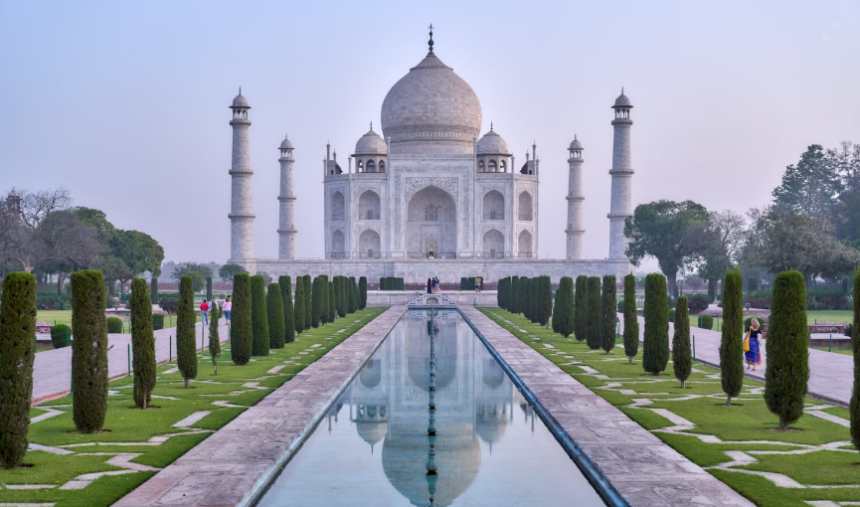A U.S. proposal to increase Indian imports of U.S. corn has raised questions about the subtleties of agricultural trade between the two countries. US Commerce Secretary Howard Lutnick has raised concern over several facets of the Indian trade regime particularly in agriculture and stressed on giving American farmer’s more access to the Indian market. This comes at a time when a trade dialogue is proceeding and both sides are preparing for the implementation of reciprocal tariffs.
It is also an agricultural success story, a very extraordinary success story. Once a food aid-dependent loser on the world poverty scale, the country is now a food surplus producer that feeds its large population and keeps global food supply chains even more nourished. A new tale of Indian agriculture, from grains, to milk, to fruits and veggies, and how this came to be. What is paving the way for India to become the gold at the end of a major agricultural export rainbow?
Agricultural Domestic Realities The Great
But India also has challenges around the productivity and infrastructure of its sector, despite its success in agriculture. One key difference is that Indian farmers have only a fraction of the land their American counterparts do, which invariably impacts overall yield and efficiency. While agriculture may occupy a good chunk of India’s workforce, its share in the Indian GDP is muted. This structural reality informs India’s trade policy as the country seeks to safeguard its farmers from disruptions to the farmers’ market introduced by cheaper imports. India needs to show its commitment to its farmers through its tariffs and has a tariff structure that does reflect that.
India and the United States bilateral agricultural trade is, has and will be a unique boon for trade of goods. India ships rice, shrimp and spices; the US, almonds and walnuts and lentils. The US wants to boost its export of products including wheat, cotton and corn to the country to offset a chronic trade deficit, with talks of a possible trade deal.
Regaining Balance Between Trade and Domestic Needs
The US’s suggestion to reduce tariffs meant a substantial price support reduction for farmers and opening the Indian markets to GM crops and dairy products has been termed by various agriculture experts as the “killing of farmers” and an” unfair treatment” to Indian farmers. In the US, its huge agricultural sector receives massive subsidies/crop insurance, making it competitive; this can pose challenges for Indian smallholders. The differences in the agricultural systems of these two countries — commercial agriculture in the USA and subsistence agriculture in India — make it a complicated negotiation
One key reason for these challenges within India’s agricultural sector is its limited investment in infrastructure and technology. Government policies aimed at shielding major crops underscore the imperative of balancing trade elements with the livelihoods of millions of farmers. Highlighted farmer protests concerning fair prices and government support for agriculture produce
Navigating Trade Negotiations
It was a tough ask to negotiate a trade agreement that accommodates US export interests but also protects India agriculture. One, experts say, they would be better off sticking to their guns and protecting their rural economy and food security. Biswajit Dhar takes a strategic and national interest approach to policy that emphasises independence.
Thus, it recognised that India will be able to modernise agricultural practices and increase its competitiveness in the global market. More investment in infrastructure, technology and better agriculture practices could help boost yields and make them a more viable export. Bounty of food in abstract the concept of having a huge agricultural surplus, has for India scope even at the global table for supply of food.
So, Some Denialists Are Replacing with Practical Considerations going forward
India needs to balance local political expediency with global community goals, especially through its globally recognized rice production. How the country handles these discussions will be vital for its agriculture trade future. India needs to make some trade-offs in other sectors, like industrial goods, so that it does not lose out in agriculture negotiations.
The two countries will negotiate a way forward. The extent to which we can accommodate India’s agricultural interests in global trade policies will further crystalize our progress on the economic front. The US is defending the interests of its domestic agriculture or farm sector by not importing produce from farms through these means; this represents how important these interests are in relation to that and the rest of the world economy.






